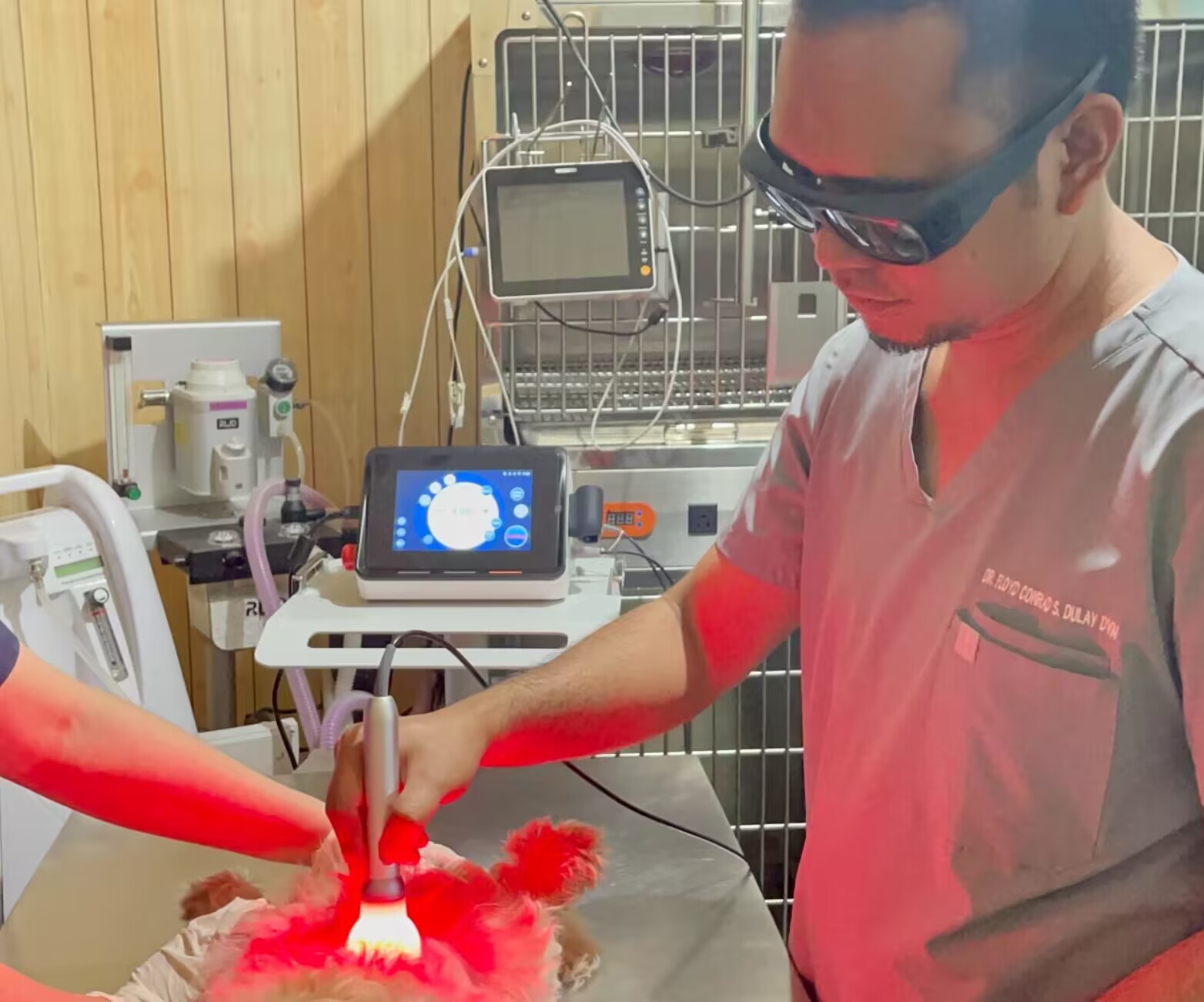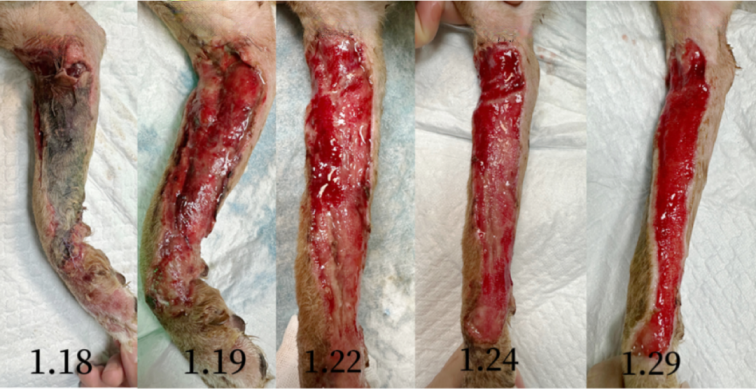
2023-09-05 2773
We discovered that many medical professionals and their assistants frequently face a common dilemma: should laser therapy or medication take precedence in veterinary care? Determining the correct course of action is crucial. Today, we will outline a standardized clinical treatment protocol.
Optimal Treatment Sequence
Debridement - Laser Therapy - Medication Application - Bandaging
Precautions
Debridement involves the meticulous cleansing of wounds. Its primary objectives are to convert contaminated or infected wounds into clean ones, expedite the initial healing process, control infection spread, and promote swift wound recovery. Thorough debridement is essential in wound care, ensuring the complete removal of foreign materials. The frequency of debridement depends on the volume and quality of secretions. An inadequately cleaned wound can negatively impact subsequent laser therapy outcomes.
Pets requiring oral medication during treatment can still undergo laser therapy. However, caution must be exercised with photosensitive drugs, as exposing highly concentrated liquid medications to laser irradiation can alter their properties. Due to the high light absorption of water-based substances, it is advised not to administer laser therapy to areas where non-steroidal anti-inflammatory drugs (NSAIDs) or steroid drugs have been injected within the past week. Likewise, it is recommended to wait at least 24 hours after drug injection before applying laser treatment. Laser therapy plays a pivotal role in promoting microcirculation, facilitating oxygen molecule transport and utilization, and enhancing adenosine triphosphate (ATP) production. This, in turn, accelerates the body's return to normal energy levels and aids in the rapid absorption and utilization of medications, expediting overall health restoration. Hence, combining laser treatment with other therapeutic measures can yield more efficient results.
In cases where wound care necessitates retaining the initial dressing layer, questions may arise about the laser's ability to penetrate materials like alginate, hydrogel, or transparent film. The answer is negative; these dressings impede laser energy penetration, significantly diminishing the effectiveness of laser treatment. Consequently, it is advisable to apply bandages to the affected area after laser therapy. The standard frequency for laser treatment initiation is once daily. However, adjustments to the laser treatment schedule can be made to align with debridement and bandaging requirements, as needed.
A Vital Reminder
Wound care should not be underestimated. Laser therapy contributes to creating an improved local environment that fosters wound healing. It achieves this by enhancing microcirculation, optimizing oxygen delivery, boosting the efficiency of white blood cells, and enhancing overall metabolism. However, it should be emphasized that laser therapy should complement proper wound management, as poor wound care practices can negate or diminish the positive effects of laser treatment.

Proper wound care in combination with effective laser treatment will facilitate rapid wound healing.
It is well known that the success of laser therapy hinges on the chosen treatment plan, established treatment duration, and the precision of the operational techniques employed.